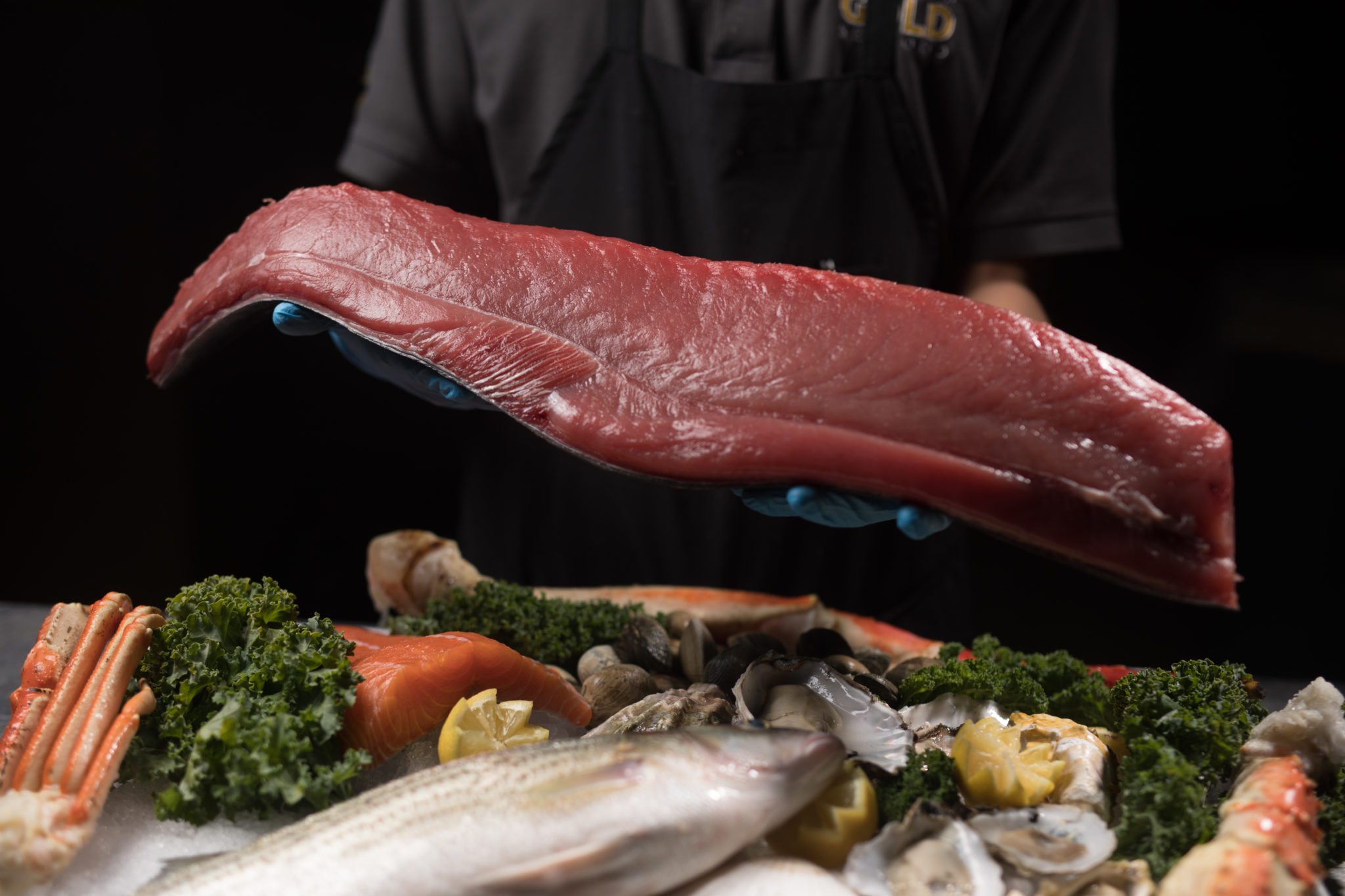Many companies including restaurants, grocery stores, and food service providers depend on large quantities of fish purchases. Buying seafood, however, presents special issues and questions that should be carefully studied to guarantee the goods not only fit the client’s wants but also satisfy quality criteria. Knowing what to look for when buying wholesale can help one separate a good business offer from one causing financial loss or customer dissatisfaction.
Storage and Handling Capabilities
Buying seafood depends critically on the buyer’s own storage and handling capacity. Given seafood’s great perishable nature, keeping its freshness and quality depends on correct storage conditions. To manage the huge quantities of seafood they buy, buyers must make sure they have suitable refrigeration or freezing tools. Ignorance of proper temperature storage for seafood could lead to deterioration, which not only results in financial loss but also might endanger health. Furthermore, influencing the storage needs would be the kind of seafood being bought. Fresh fish could have to be stored on ice, whereas oysters or clams might demand a certain humidity and temperature range.
Quality and Freshness of Products
Consider obtaining wholesale seafood from a trusted provider to ensure that the freshness and quality of the seafood cannot be compromised. Fresh fish has superior taste, texture, and nutritional value than commodities handled or stored incorrectly. To evaluate freshness, consumers need to search for a few key signals. Seafood should have a fresh, ocean-like scent, juicy and strong meat, and brilliant, clear eyes. Conversely, if you buy shellfish like lobsters, crabs, or prawns alive, their motions should be energetic, and their shell should be sturdy. Purchasing seafood in bulk makes retaining freshness more difficult, particularly if the goods must be kept for long before consumption. Consumers should constantly ask about the time and circumstances under which the seafood was picked, handled, and shipped. A major consideration is temperature regulation during shipping, as poor handling could lead to fast deterioration.
Supplier Reliability and Reputation
Purchasing seafood mostly depends on the dependability and reputation of the provider. Wholesale purchasers rely on their suppliers to regularly and on schedule provide goods. The track record of timeliness, honesty, and communication of a supplier can change the whole experience of a customer. Buyers should extensively investigate possible providers before deciding on a purchase. This might entail reading evaluations, getting advice from other business leaders, or perhaps seeing supplier facilities to see how they run. A trustworthy supplier should be able to offer records on their procurement methods, product quality, and any required certifications. Strong customer service policies should also be in place to address any problems or questions that could develop.
Compliance with Health and Safety Regulations
Strict health and safety rules covering the processing and marketing of fish have good cause. Particularly when handled poorly, seafood can be a source of dangerous bacteria, viruses, or toxins causing foodborne disease. Buyers should make sure that the seafood they buy conforms with all pertinent health and safety criteria. This starts with confirming the supplier licenses and adhering to food safety standards, including Hazard Analysis and Critical Control Points (HACCP) policies. To help reduce food safety concerns, buyers can also ask for specifics on the methods used by the supplier for handling, storing, and shipping seafood. Essential components that must be in place are temperature logs, sanitation practices, and routine processing facility audits. These precautions not only secure the company against any legal problems but also provide consumers peace of mind, knowing seafood is safe to eat. Buyers should also keep updated on any changes in local, national, or worldwide food safety policies that can influence their company operations.
Pricing and Market Trends
When purchasing seafood, the cost is always an important factor to consider, but the price must also be balanced with quality and value. Pricing calls on customers to consider not just the original purchase cost but also any further charges like shipping, storage, and probable spoiling. Establishing a budget and negotiating with suppliers can help you acquire the greatest feasible bargain without sacrificing the quality of the seafood. Purchasers should also be informed about market trends as some seafood kinds can get more costly or rare depending on the time of year. Monitoring these patterns helps consumers to make wise selections and guarantee that they are buying seafood at the best price and the correct moment. Examining certain vendors that could provide discounts for long-term contracts, repeat business, or big orders can also help you save money.
Conclusion
Buying seafood calls for careful thought of several important factors, including source and sustainability, quality, supplier dependability, adherence to health regulations, and pricing. Investing time to carefully assess these features will help consumers guarantee that they get the best seafood fit for their company’s requirements. Making wise seafood wholesale market judgments can result in higher consumer enjoyment, improved business performance, and long-term profitability regardless of the source: a large supermarket chain or a high-end restaurant.






